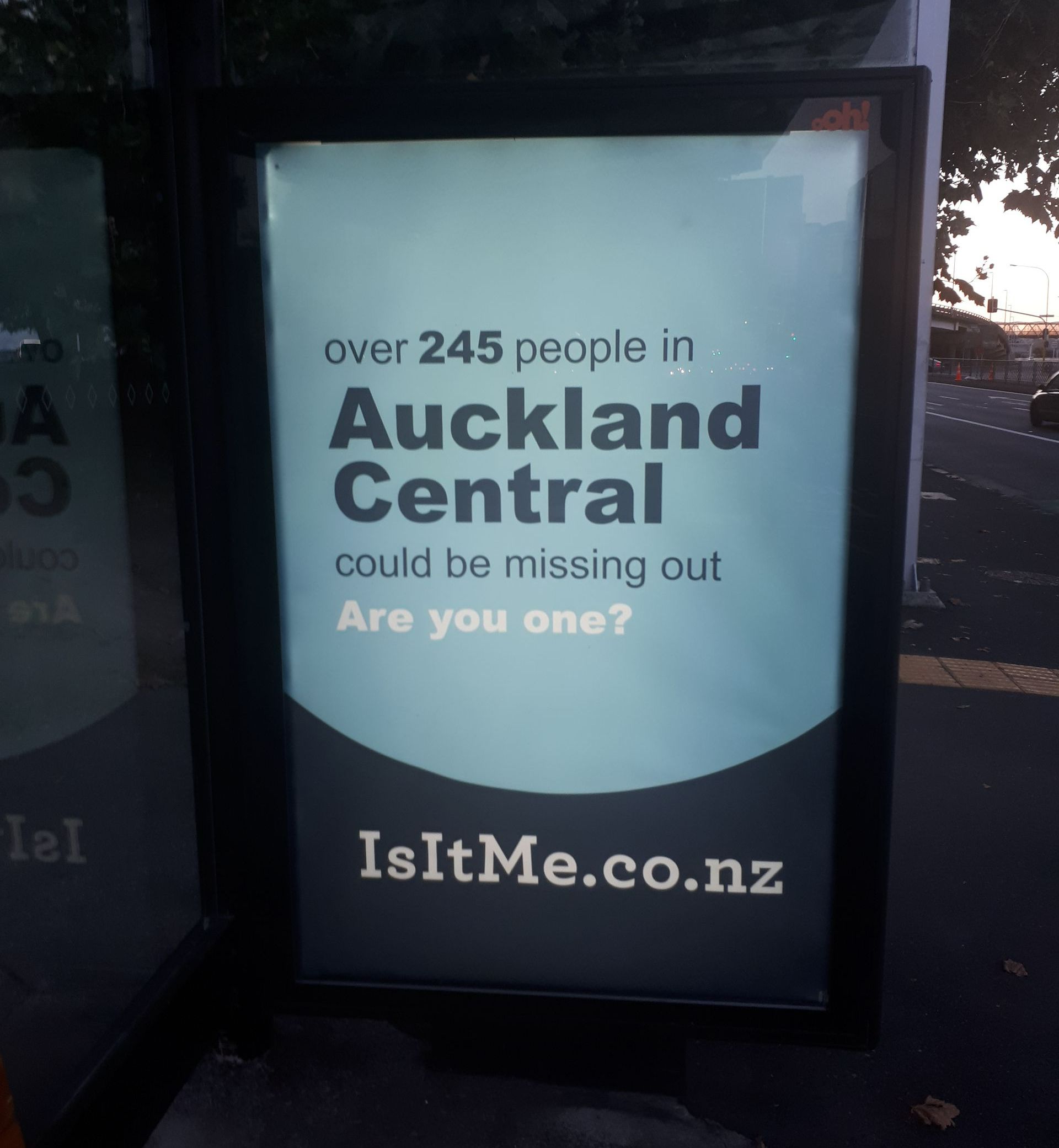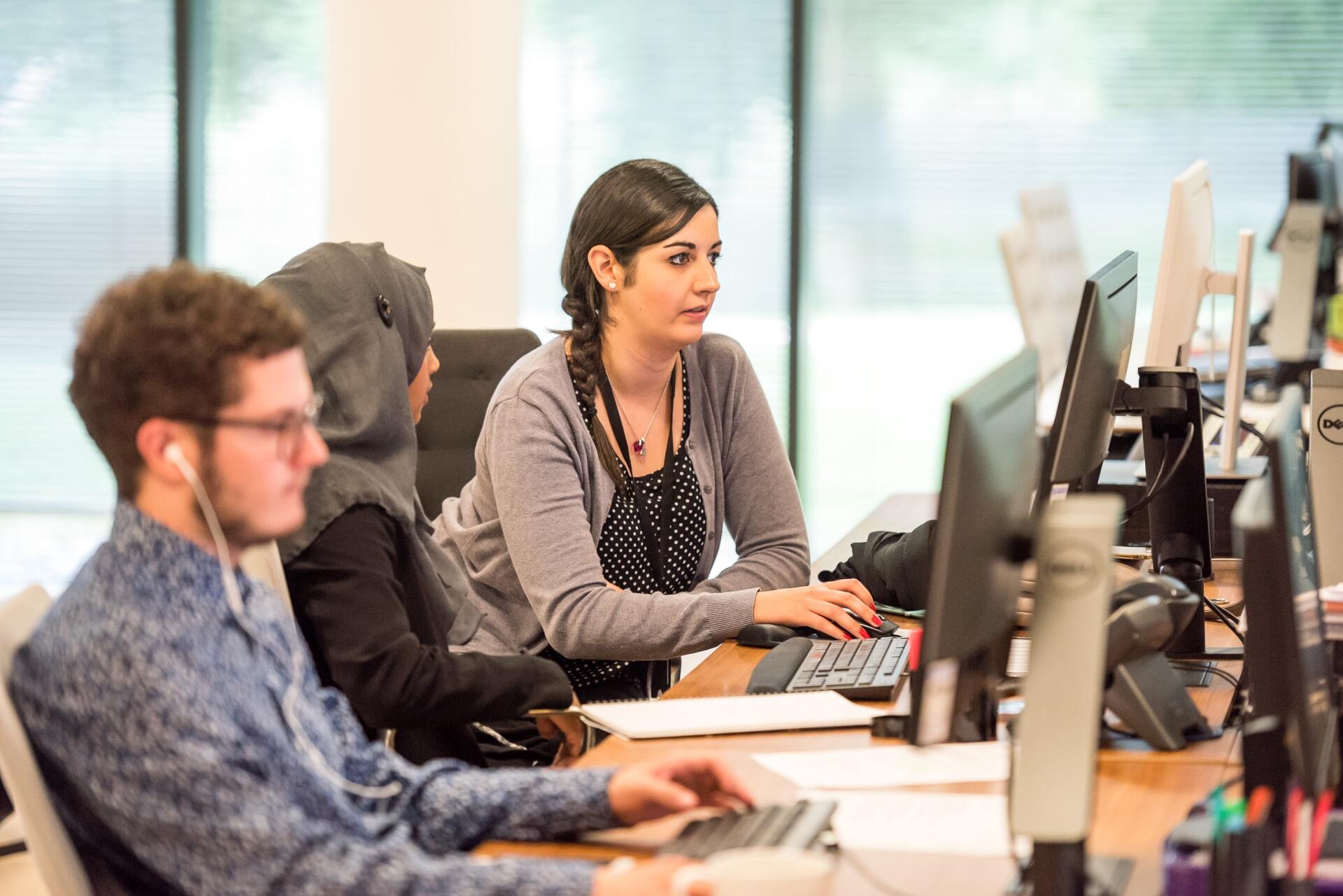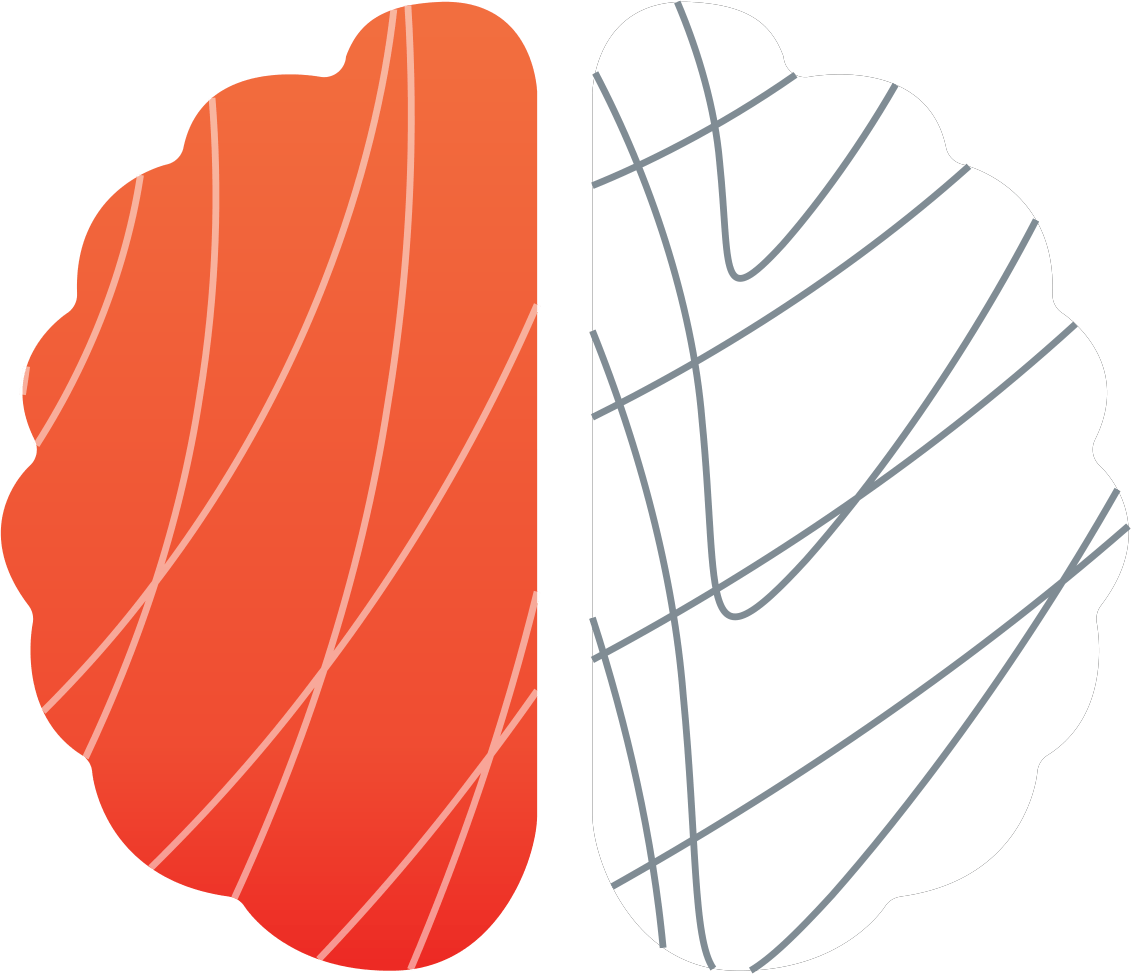
In recent discussions about customer behaviour, a recurring theme has emerged: the belief that providing more information will lead to better decision-making (“If only they knew … then they would …”). While this perspective isn't entirely misplaced, it overlooks a crucial nuance. It's not merely what people know that drives their behaviour, but rather what information is most salient and readily springs to mind in the moment of decision. The Limitation of Knowledge Alone It's easy to assume that if customers simply knew more, they would make better decisions. For instance, knowing how to budget effectively or save money can indeed be useful. Knowing that I should save more for retirement or for investments. That I should eat less red meat for health or sustainability reasons. That I should be careful about what information I share online. These are all real-life examples of issues I’ve worked on where educating customers (or users) might have been a solution – and where helping people ‘know’ why they should do it failed to shift the needle. The critical factor isn't just having the information, but rather how accessible and prominent that information is when it’s needed. The question then is not do I know something, but rather does it spring to mind when it can actually shape my decisions? The Salience of Information in Decision-Making Consider a scenario where a customer interacts with a product or service. The decision-making process is often instantaneous and intuitive, driven by what immediately comes to mind rather than a comprehensive evaluation of all known benefits. This means that the information most salient at the moment—whether it's the immediate cost or a specific feature—has a more significant impact than the general knowledge a customer might have. As an example, I was involved in a project where my client was responding to new environmental regulations – and wanted to find out how to do this without upsetting their customers. The initial solution didn’t work because what was salient – and thus impacted customers responses – was the benefit to the brand not the benefit to the environment. While both benefits were ‘known’ by customers, it wasn’t till small tweaks were made to subtly emphasise and customer support for such actions, that complaints dropped off. A Case in Point: Council Rates Another example where this idea is relevant are the rates (tax) bills that New Zealanders receive from their local council. While residents might be well aware of the benefits their rates support—such as parks, libraries, and community services—this knowledge doesn’t always translate into a positive reaction when the bill arrives. For many, the first thing that springs to mind is the expense, not the benefits. In my case, receiving a $1,000 council rates bill (these are billed quarterly) was a stark reminder of this phenomenon. Despite understanding the value provided by these rates, the immediate focus was on the financial burden. If the benefits were more salient at the time of billing, the experience could be more positive. For instance, if the rates bill included a summary of the value received from various services—like a breakdown showing the value I obtain from the library based on the number of books borrowed—this could shift the focus from the cost to the benefits. In my case, borrowing 35 books over three months at an estimated value of $30 each amount to $1,050 worth of benefits, which highlights the value received far beyond the cost. And of course there are other services that I use as well – my local park that I go running in, the playgrounds that I take my kids to, the roads I drive along or the public transport that is subsidised. I ‘know’ these things, but do they immediately spring to mind when I see my rates bill? Seizing the Opportunity This concept of salience extends beyond council rates. In various customer interactions—such as bills, invoices, loyalty schemes, and product renewals—the opportunity lies in enhancing the salience of positive attributes at the critical moment of engagement. To effectively leverage this understanding, organisations should focus on making the benefits of their products or services more prominent when customers are most engaged and in a way that is relevant to the context. This means designing communications and touchpoints that highlight the value received, not just the cost or features. While knowledge is important, it's the salience of that knowledge at the moment of decision that truly influences behaviour. By ensuring that the most relevant and positive information is top-of-mind, organisations can improve customer satisfaction and decision-making outcomes.
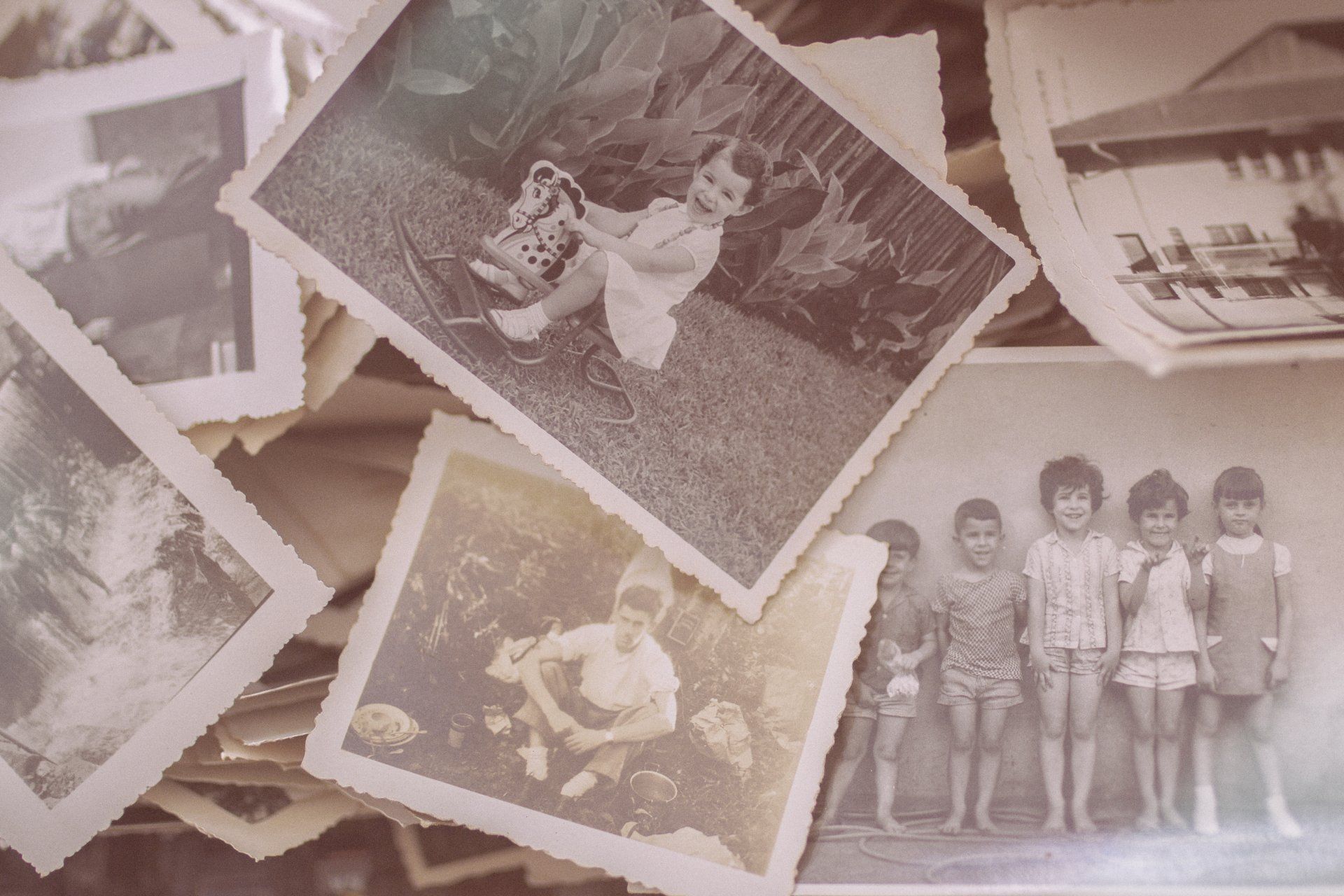
If I asked you to think back about an event, maybe a holiday or your last plane trip, your last dinner out, or a shopping experience, what would you remember? If I asked you to describe the experience, chances are you’d feel pretty confident about your memory, or at least some of the key elements. It turns out though, that confidence you’re feeling - it doesn’t relate to the accuracy of your memory. Faulty memories You’re not losing your mind, it’s just that your mind is playing tricks... sort of. We’ve spent quite a bit of time using eye tracking technology through our client projects. It enables us to see a participant’s behaviour – what they actually see and engage with - and the journeys people take through a physical environment, like a mall or retail setting. One project saw participants navigating a store with eye tracking glasses, getting items off a shopping list. As soon as they’d completed their journey, we asked which way they’d walked. Participants confidently recounted their route, and yet despite having literally just finished their journey, consistently missed out details. In another project we asked focus group participants about an image we’d shown them 20 minutes earlier. This elicited quite a spirited conversation about skin colour and how the illustrator’s choice of using a dark skin colour for all of the characters pointed to the racism of the illustrator and client. The thing was though, the characters weren’t dark skinned. Not one of them. And yet all of the participants convinced themselves this was the case. We’re certainly not the first to have encountered this phenomenon. There’s quite an active scene looking into issues with eyewitness testimony, and under which conditions our memory maybe unduly swayed or prone to errors. As you can imagine, the consequences of this could be huge. How can we stop getting it wrong? We’re not saying that our memories are always wrong – clearly that’s not the case! But there’s a rhyme and reason behind how our memory operates – both for good and bad. Our brains are BUSY. It’s like a hamster wheel going full on 24/7. Even when sleeping our brain is taking stock of the day, filing away moments into short and long-term memory. In order to look after us, our brains have to prioritise its resources, and it essentially takes shortcuts wherever possible, driving the same way to work each day, ordering the same coffee and so on. Imagine the fatigue we would face if we had to make every decision and action consciously, rather than letting our brains run the show. Which moments matter? So when our brain – a lazy but efficient workaholic – is sorting through events and the happenings of our day, it throws out the mundane, peripheral information it deems unimportant. It instead focuses on creating a highlight reel, and takes the moment of the events and experiences that were the most emotionally intensive, and the final moment. The concept is known as The Peak-End rule, and comes from Daniel Kahneman and his colleague Donald Redelmeier. Their 1996 study, which I am very pleased to not have been a participant in, involved 154 colonoscopy patients rating their level of discomfort at 60-second intervals throughout the procedure, as well as being asked to retrospectively describe how uncomfortable the procedure was. The level of discomfort during the procedure had no correlation to the discomfort they reported retrospectively. As an aside, they followed-up this study with yet more colonoscopy patients, who were split into two groups. One group had the standard procedure and experience of the camera being somewhat painfully removed, and the other had an amended experience that lasted three minutes longer, but which the camera removal was more uncomfortable than painful. The second group – with a longer procedure but less discomfort in the final moments – rated the procedure as less painful than the first group and were more likely to return for subsequent procedures. What was relevant was the peak level of discomfort experienced, as well as the level of discomfort in the final, end moments of the procedure. So what does this tell us? Firstly, that our memory is more fallible than we’d like to realise, more often made up of a series of stitched together moments and thoughts that can be revised and reinterpreted after the fact. Here’s an example - one of the best flights I’ve had was on Air New Zealand to Sydney – the first time we’d flown with my then-infant daughter (you can imagine our nerves!). At the end of the flight we apologised to the man next to us who’d (somehow) been working the whole 3.5 hours. We were suitably self-conscious at the amount of screaming he’d been subjected to but were greatly surprised at how nice he was – telling us that she’d been great, and how his (now teenage) children had subjected him through worse. Then some of the other passengers near us congratulated us on surviving a flight with an infant and how good a flyer she’d been – alongside the cabin staff who were making faces at our daughter to get her to laugh. It's honestly one of the best flights I remember – but clearly it wasn’t that pleasant at the time! The Peak-End rule in action – our actual and remembered experiences diverting wildly. How to apply these learnings to your work Don’t rely on people providing an accurate testimony of their experience. It’s more important to look at what a customer does vs what they say they do. When reviewing a process, journey or customer experience, focus on the moments that matter – the peak emotional moment and the final moment. This provides direction, stopping you from spreading your resources too thin and helping concentrate efforts on the moments most likely to have an impact. Be creative when designing experiences. Because our remembered experience is more important than our actual experience, you have a unique opportunity where you can creatively leave customers with an experience perhaps better than what they had… If you know there’s a frustration or issue during a process, while working on a fix for that, make sure your final moment knocks their socks off.
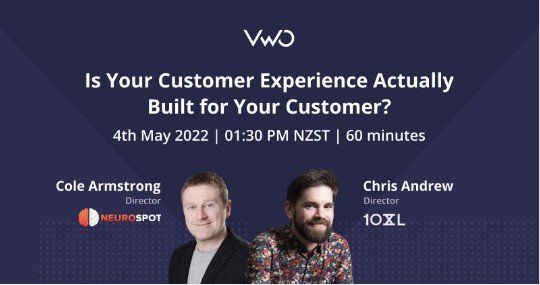
Back in May we took the virtual stage alongside our friends at eCommerce agency 10XL and testing platform VWO to talk about designing for the online customer experience. There are some great learnings in the webinar, and we've broken it down into three short videos. If you'd like to watch the full version, you can find it on vwo.com .

A couple of weeks ago I went with my family to a local produce market (Avondale Market). While there I went up to one of the stands to pick out some beans – there was a whole bin of them, and they looked great! How would I normally approach this? Like most other people (I stopped later to watch what others did), I would normally grab a handful and put them in the bag. It’s beans! But on this visit, I didn’t do this – and it came down to what the person next to me was doing. When I arrived at the stand there was another person next to me. They were searching through the beans and specifically choosing which beans made the grade – if they were too short, thin, or damaged they were discarded – if they were unblemished, sufficiently sized etc. they went in his bag. Without even thinking, I started mimicking the behaviour, picking beans one by one instead of by the handful. I didn’t stop and think about what this person was doing, nor did I make a conscious decision to follow him - I just started doing it! Eventually I realised what I was doing, and what the other person was doing – and went back to grabbing a handful of beans and got on with my day. What does this tell us? We are inherently impressionable. In many situations, when we are in a new context, our behaviour can be quite malleable. Start a new job, enter a new social situation, or even if it’s a regular task like visiting a market, we may subconsciously look to how others behave, following the norms of what others ‘typically’ do. It’s quite a bizarre feeling, even as a professional in this space, to become aware of your behaviour having changed without your knowledge. Have you ever thought about how easily and quickly your behaviour changes as you move between the workplace, visiting friends, spending time with your partner or engaging with your kids? Probably not – you just change your behaviour depending upon who’s around you and what’s seen to be appropriate in that case. How do we account for this? When we’re trying to achieve some form of behaviour change, we make sure not to overlook the influence of other’s behaviour on setting some form of norm or exerting a subtle impact. We ask ourselves: Who else is nearby that people might take their cues from in terms of what is appropriate? Who else might people be referencing – even if they’re not physically at the location where the behaviour is being shown – that might exert an impact? In some ways, seeing the way I changed how I picked beans at the market was (very unscientific) proof that it is possible to change people’s behaviour, and that our subconscious has a huge role to play in doing so. Photo by Emma Shappley on Unsplash
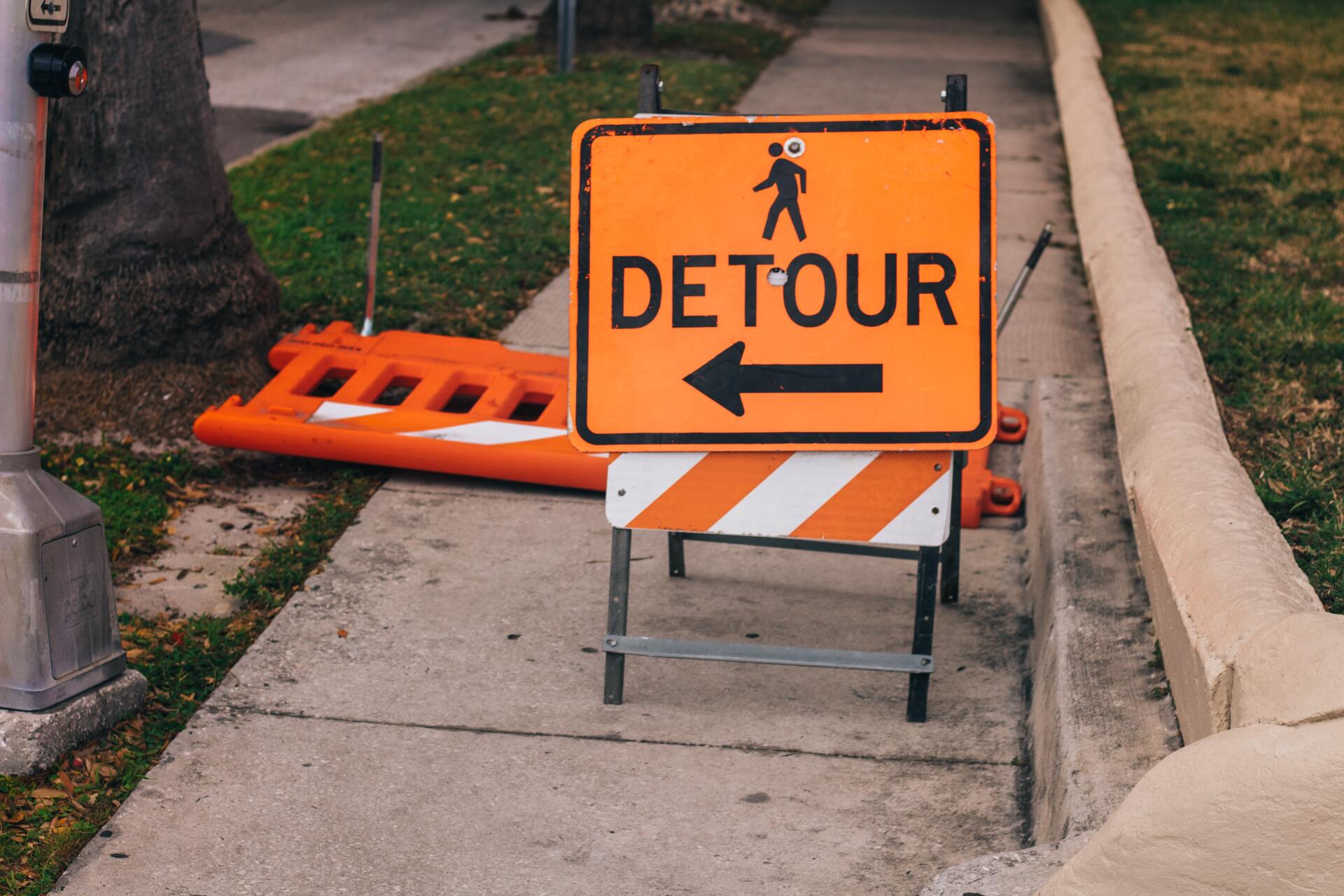
My family has health insurance. We spend quite a bit on it too, it’s one of those things that just doesn’t get cheaper. And if you have health insurance that covers GP visits, dentists visits and the like – you want to make sure you use it. So why then, despite spending this money for a service I intend to use, do I not claim? I don’t consider myself a particularly lazy person, or a procrastinator, but there is no denying that the small amount of effort I need to exert when making the claim – having my claim details handy, my insurance details handy, my log in and password – puts me off from doing it.
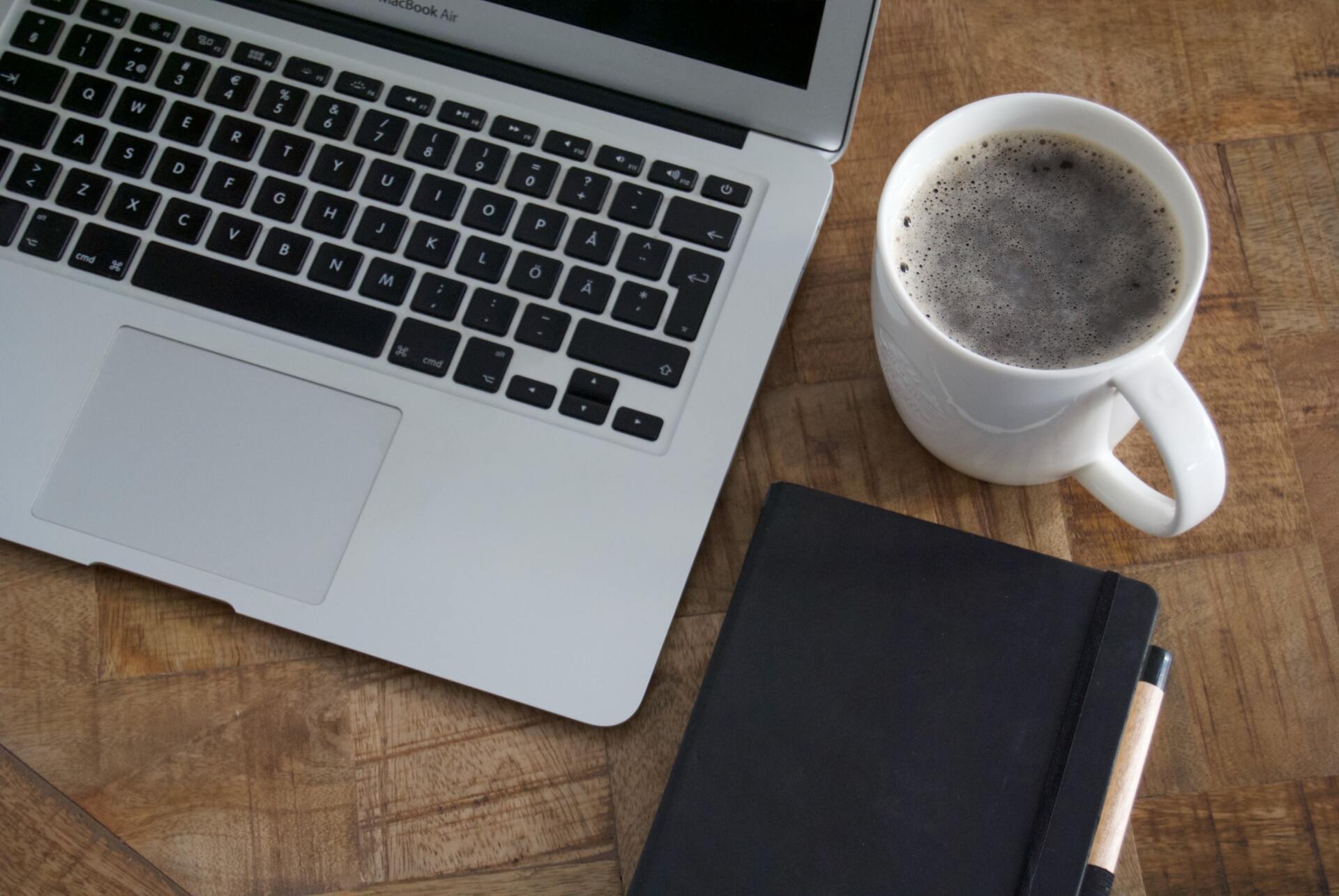
Is there anything in your life that you do repeatedly, whether that's monthly, weekly or several times a day, that you do a certain way? Something you do on autopilot, without a lot of thought? Of course there is.
In this article we look at how habits are formed, and how we can use this knowledge to change them.
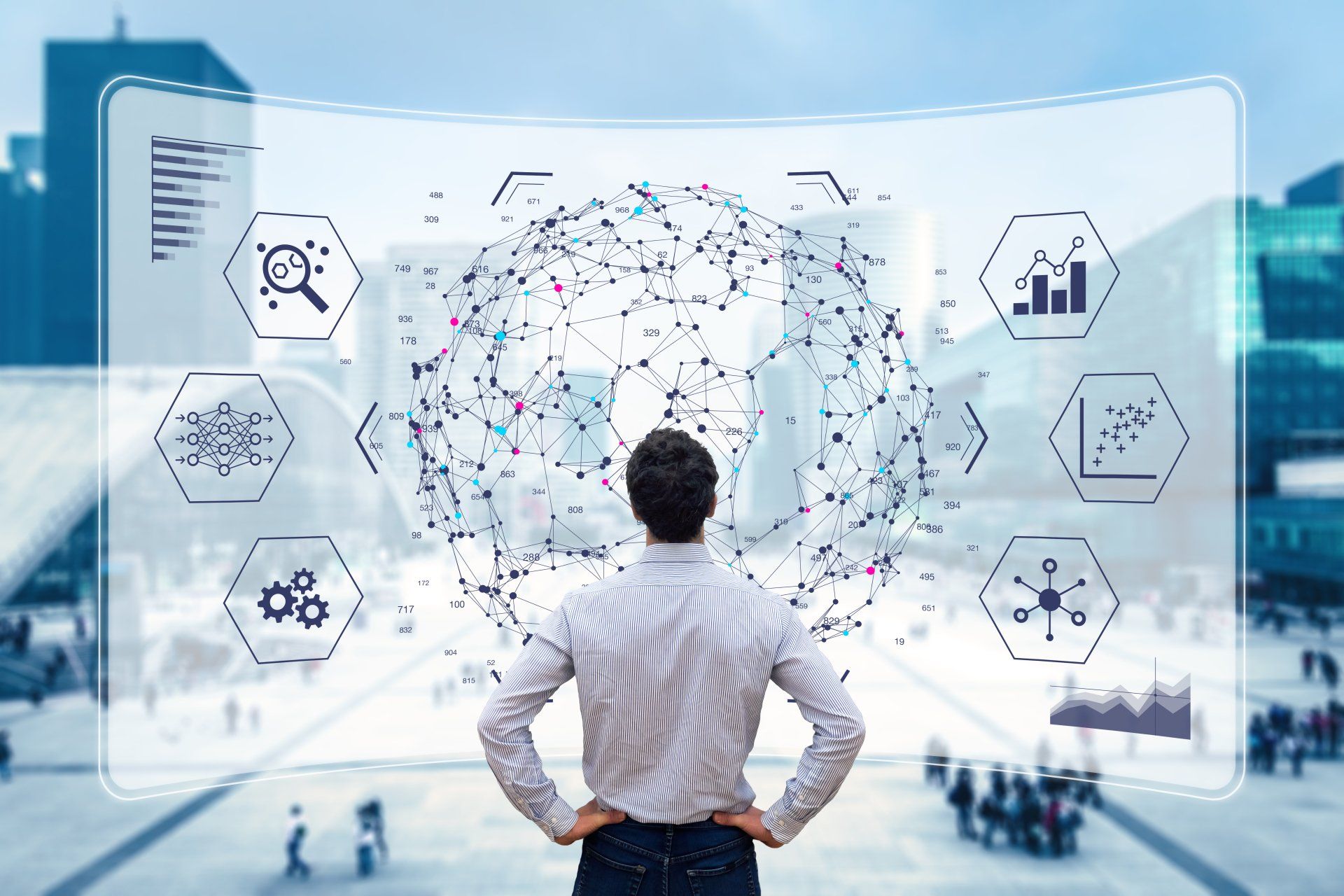
Hands up if you work for a large corporate that hasn't shifted at least some of its resource to agile methodology? There's not many - over the last decade there has been a widespread shift across New Zealand organisations to agile. And it makes sense - break work into smaller chunks, deliver more frequently, pivot faster and realise business results sooner. We've worked in, with and near some of these companies, and have witnessed a variety of results, all coming down to the way squads approached their challenges. After all, agile is just a structure, so what separates high and low functioning teams? One feature we witnessed of the high functioning teams is a curiosity informed by evidence: a scientific mindset.



